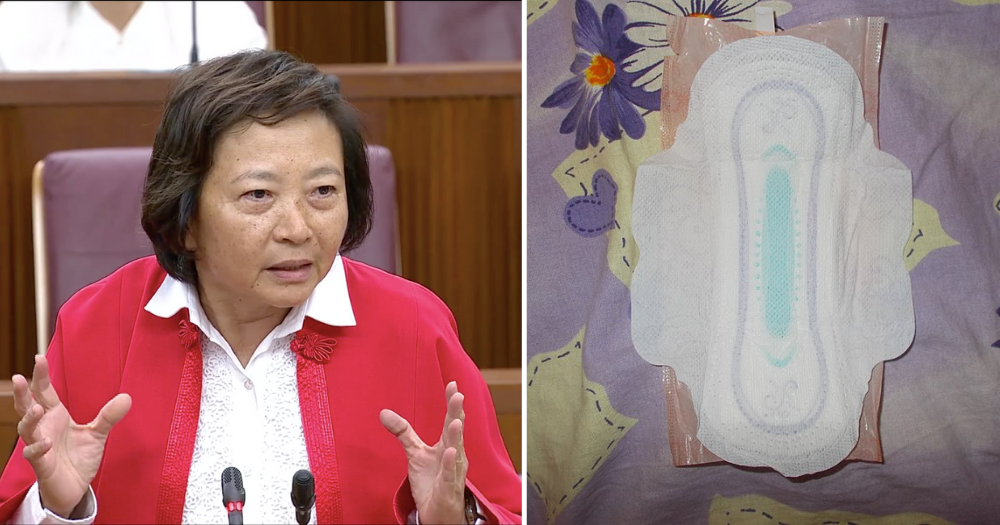On Sept. 3, Nee Soon GRC MP Lee Bee Wah brought up the issue of persistent littering in her constituency despite the installation of surveillance cameras.
Persistent sanitary pad litterbugs
One of the topics she raised was the many incidents of litterbugs throwing sanitary pads out of high-rise buildings.
And according to Lee, the cases have not been solved till today.
This problem, is unfortunately, not a new one.
In 2015, Lee told The New Paper that the sight of sanitary pads on the ground was not an uncommon one.
"I have seen soiled sanitary pads on the roof of covered walkways and on the floor. People just throw them from their units. It's just disgusting," she said.
Lee: Surveillance cameras are not helpful
Lee attributed this lack of success to the fact that the surveillance cameras were only deployed by the National Environment Agency (NEA) for a few days.
She stated that if NEA had "(proper targets) and the ambition to catch the culprit", the culprit would definitely be caught.
"Otherwise, it looks like this problem would only disappear when the litterbug menopause," added Lee.
Senior Minister of State for Environment and Water Resources Amy Khor in turn responded that surveillance cameras "had limitations".
In one case of high-rise litter, residents only submitted a photo of the pad after it had been thrown, with no other information.
Without knowing possibly which floor the sanitary pad was thrown from, it would be hard, especially for much taller buildings, to train the surveillance cameras on a particular level and catch the culprit red-handed.
Khor emphasised the need to prioritise education, and not rely on technology alone.
DNA testing to identify the culprit?
Lee then suggested that DNA testing could be used to identify litterbugs who toss out their sanitary pads, reported CNA.
In 2013, Vivian Balakrishnan acknowledged that such a method was "technically possible", according to AsiaOne.
However, he pointed out that this would require a new level of "intrusive surveillance" as a DNA database on all residents would be required.
On Sept. 3 in Parliament, Khor addressed this suggestion by saying that such litter would seldom have the DNA of the culprit alone on it, and would likely have the DNA of other individuals as well.
It would therefore be rather difficult to identify the offender through this means.
Top photo from CNA and Wikipedia
If you like what you read, follow us on Facebook, Instagram, Twitter and Telegram to get the latest updates.
